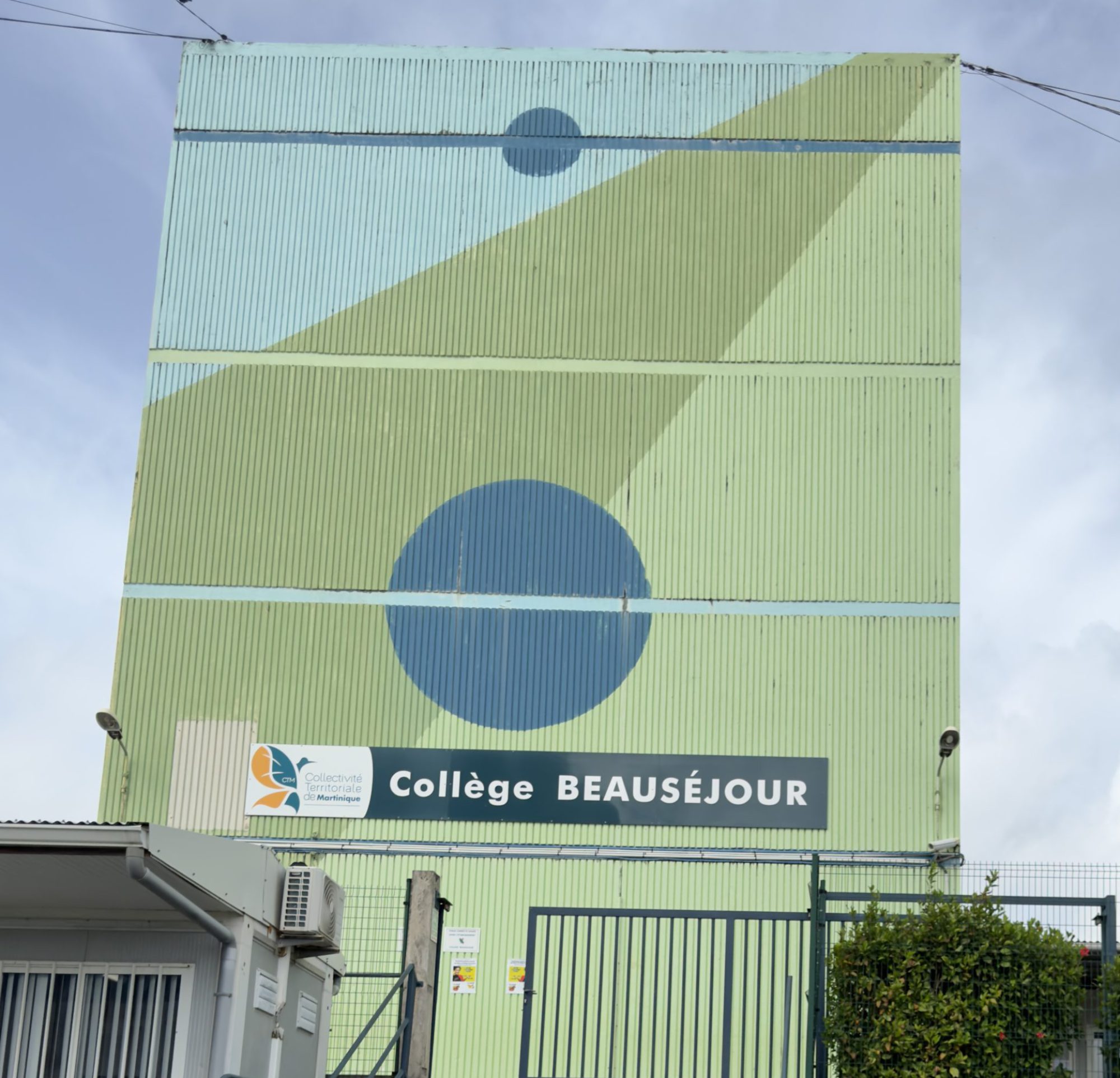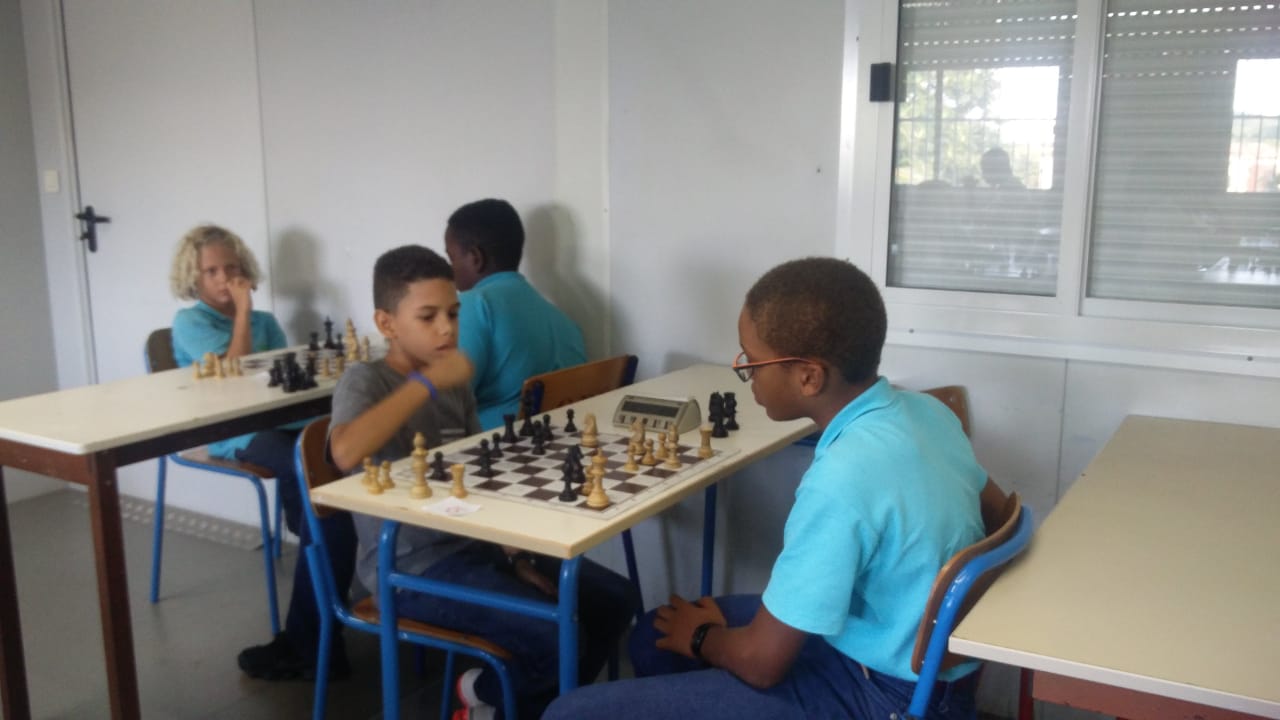Le service de restauration scolaire rappelle ses principes généraux , l’organisation de la demi-pension, ses tarifs et les modalités de paiement dans le document suivant :
Demande bourse collège 2021/2022
Chers parents,
Madame la principale vous informe que la campagne de demande de bourse de collège 2021/2022 est ouverte.
Pour les demandes en ligne uniquement.
Du 02/09/2021 au 21/10/21 minuit
Il est rappelé que si la demande en ligne doit être favorisée, encouragée, et au besoin, accompagnée, les parents qui ne peuvent pas ont la possibilité de retirer un formulaire de demande au format papier, auprès du secrétariat de direction du collège, à compléter et à retourner dans la période ci-dessous :
Pour les demandes au format papier :
Du 02 septembre 2021 au 12 novembre 2021.
Pour tous contacts
– Bâtiment n°12 – porte 19
– Téléphone : 0596 58 16 09
– Mobile : 0696 95 67 31
– Mail : ce.9720351z@ac-martinique.fr
Madame la principale encourage tous les parents à faire leur demande afin d’être informés de leurs droits :
– Attribution de la demande
ou
– Refus de la demande.
Le flyer ci-après vous aidera à suivre les différentes étapes pour réussir avec succès vos demandes en ligne.
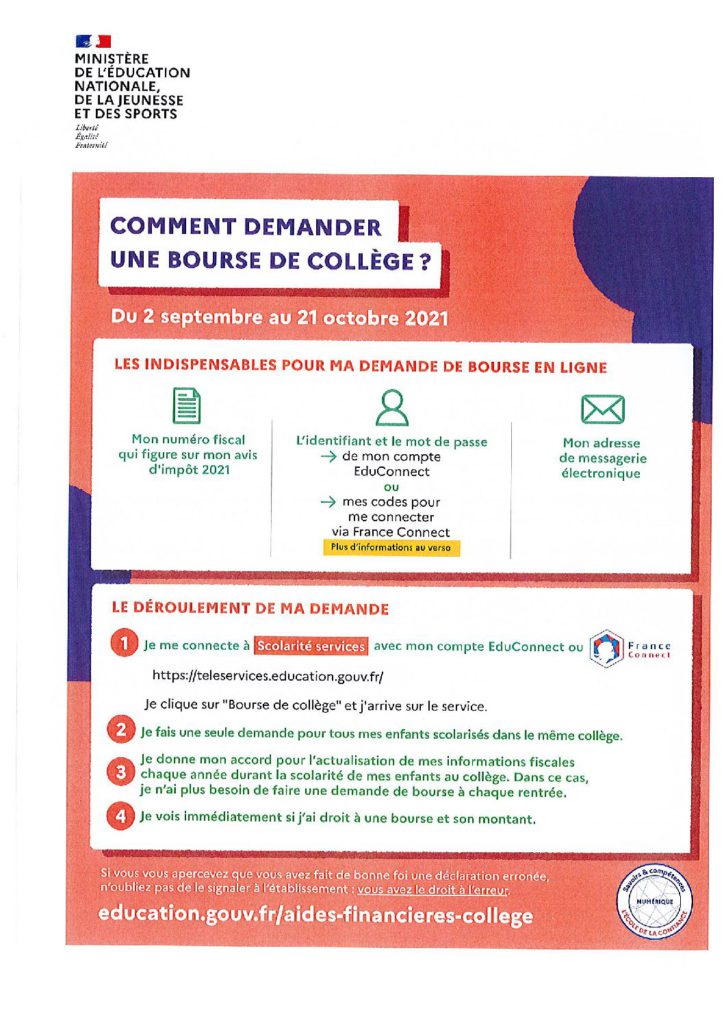
Club d’échecs au collège Beauséjour
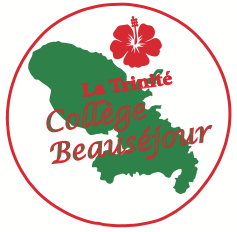
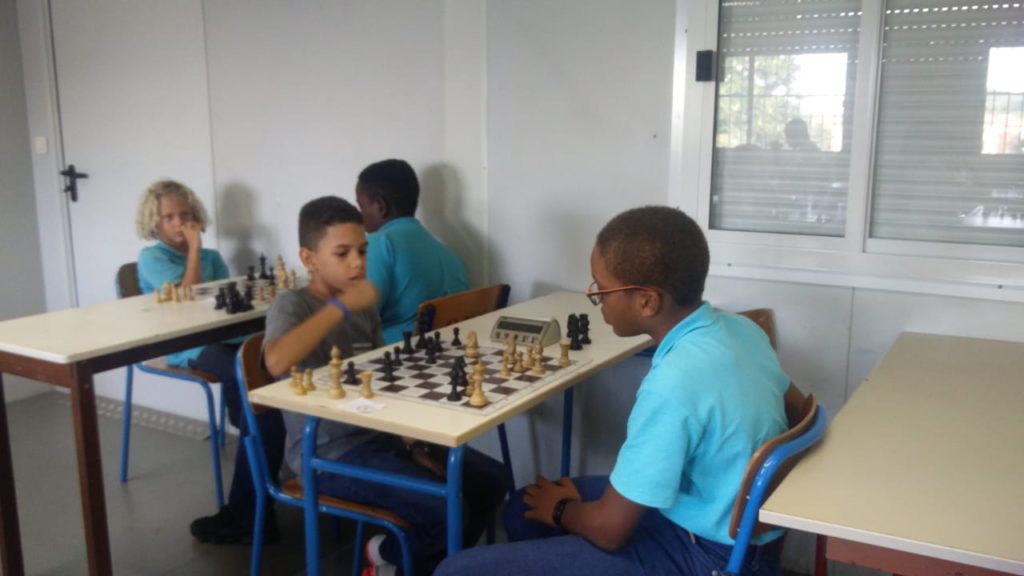
Venez travailler votre concentration et muscler votre préparation mentale pour faciliter vos apprentissages en rejoignant le club d’échecs du collège Beauséjour . En attendant la reprise des cours rejoignez la classe virtuelle du mercredi après midi . Un lien vous sera communiqué ultérieurement .
Créez votre compte gratuit sur la plateforme https://www.chess.com et
rejoignez le club collège et lycée de Trinité vous pourrez jouer en ligne avec vos camarades du collège.
Pour plus d’information contactez M ANDRE professeur d’EPS via Pronote ou colibri
Listes de matériel – SEGPA
Chers parents, chers élèves,
Vous trouverez ci-après les listes de matériel des classes de SEGPA :
Listes de matériel – Séries générales
Chers parents, chers élèves, vous trouverez ci-après les listes de matériel des différentes classes, séries générales :
DNB 2021
Les épreuves écrites du Diplôme national du brevet 2021 pour les candidats de Martinique auront lieu les 28 et 29 juin 2021 .
Lundi 28 juin
Matin : Mathématiques
Après-midi : Français
Mardi 29 juin
Matin : Sciences puis Histoire et Géographie EMC
Meilleurs voeux de réussite à tous nos élèves !
Inscriptions au transport scolaire – 21 juin / 31 août
La campagne des inscriptions au ransport scolaire se déroulera du 21 juin au 31 août 2021.
Les inscriptions sont facilitées, en ligne, sur une plateforme simple, avec accès personnel.
Une amélioration est mise en place cette année avec le détail des itinéraires des bus scolaires et les horaires de départ des différentes lignes.
Veuillez donc consulter le site :
http://www.martiniquetransport.mq
Les cours d’EPS soumis à l’indice ATMO.
En fonction de l’indice ATMO publié quotidiennement par Madinair sur la qualité de l’air, notre collège suit les procédures préconisées par le rectorat, avec, entre autres la suspension des activités physiques.
Vous trouverez plus d’informations sur les alertes pollution sur le site :
Emplois du temps : retour à la normale depuis le 10 mai
Suite aux annonces faites par le Préfet de Martinique et le Recteur, nos collégiens ont repris le chemin des cours aux horaires habituels de leur emploi du temps.
Le port du masque pour tous et les gestes barrières restent d’actualité.
Mise en place du plan de continuité pédagogique du collège Beauséjour
L’accueil des élèves en demi-effectif a été décidé pour cette rentrée des vacances de Pâques, en raison de la situation sanitaire.
Cette adaptation a plusieurs objectifs :
- Améliorer la distanciation physique
- Maintenir le lien social entre les élèves et entre les élèves et les équipes éducatives ;
- Offrir aux élèves un cadre bienveillant, permettant la poursuite des apprentissages dans les meilleures conditions possibles ;
- Offrir un accompagnement adapté à chaque élève,en particulier ceux qui risquent de rencontrer des difficultés les empêchant de suivre lerythme des apprentissages.
Nous rappelons l’essentiel des gestes barrières à respecter au collège :
– Port du masque sur le nez
– Lavage des mains
– Distanciation physique.
Le tableau ci-après vous aidera à vous repérer dans notre nouvelle organisation :
Sachant que la situation durera dans le temps, après réflexion et discussion, nous avons retenu l’alternance suivante visant à ce qu’un groupe donné bénéficie d’une semaine A puis d’une semaine B. De ce fait, pendant deux semaines, un groupe vient les mêmes jours.

Une copie des devoirs à faire est disponible en vie scolaire (pour les familles non équipées ordinateur / Internet).
